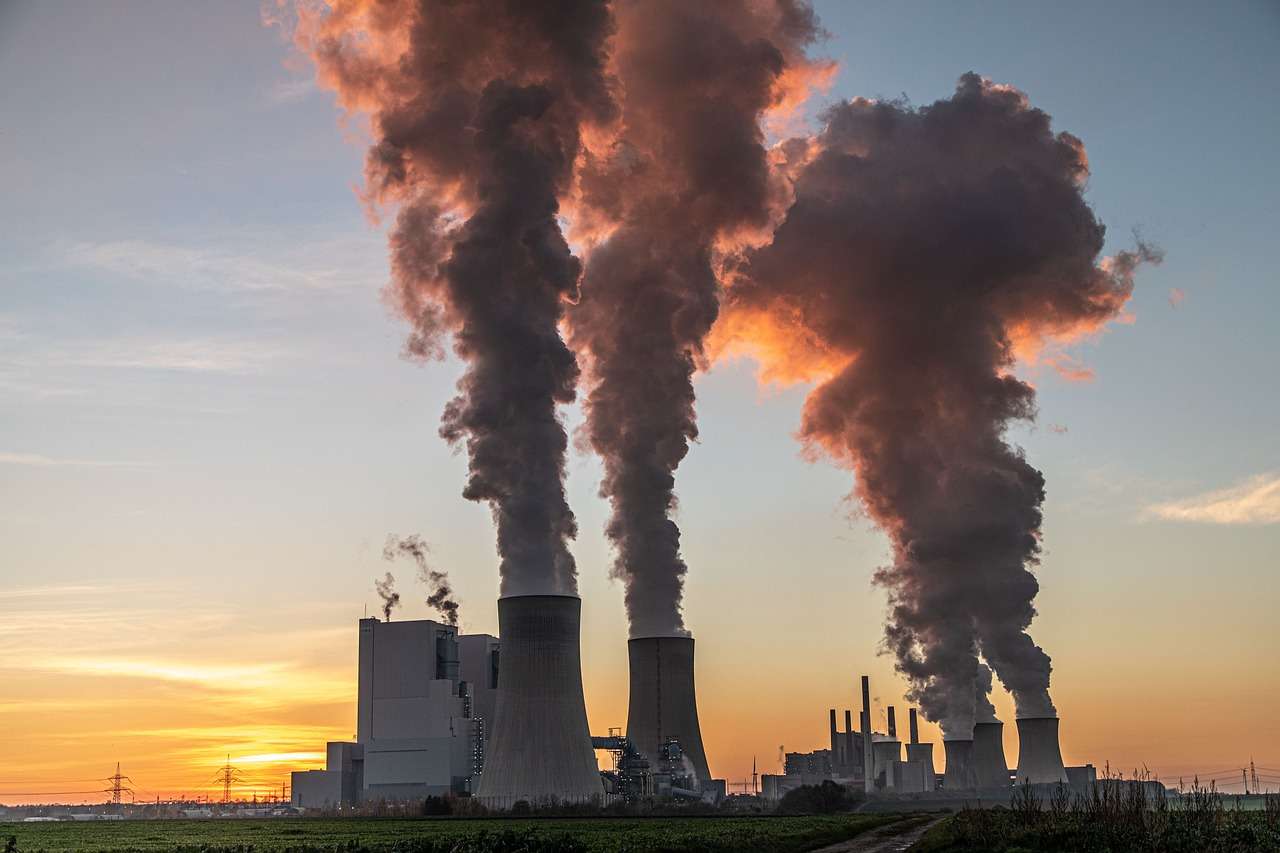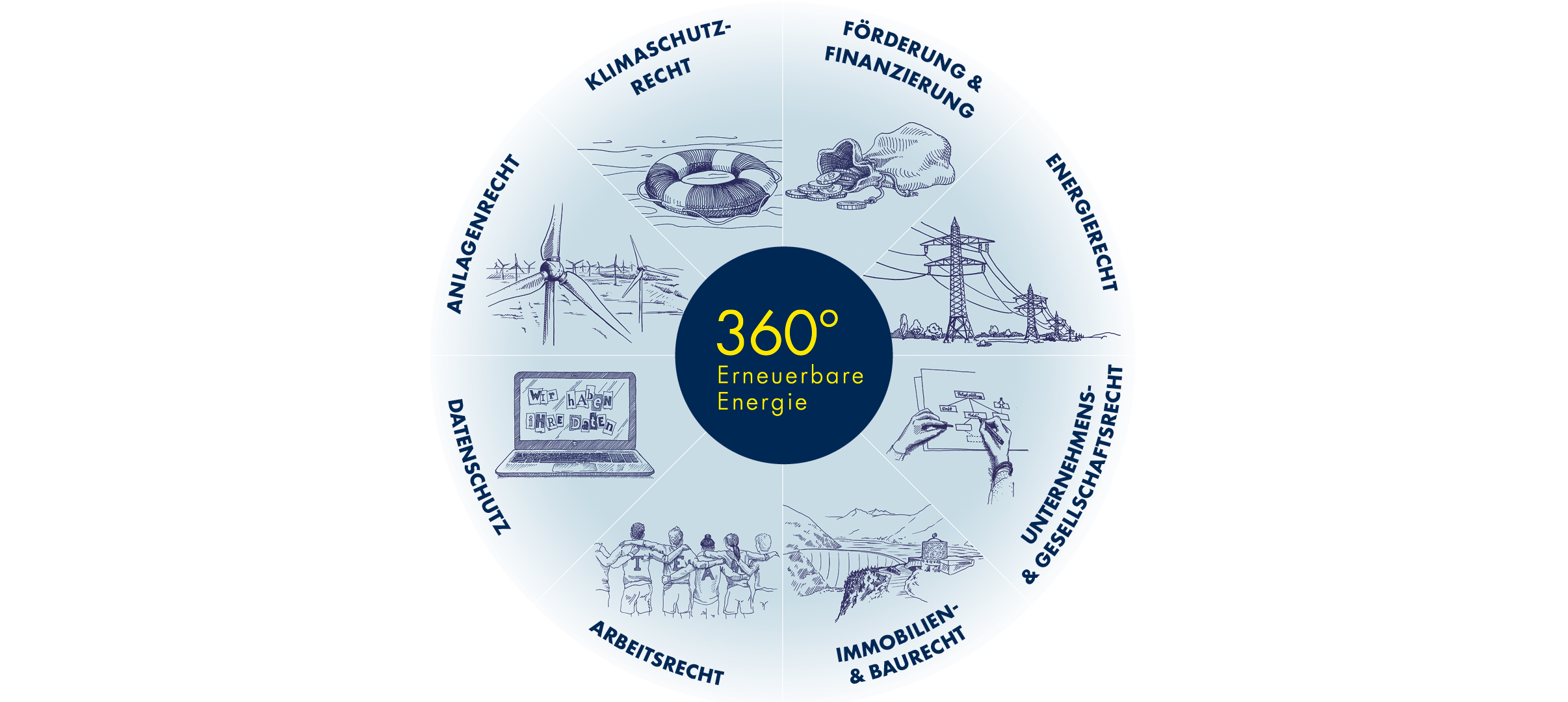
Reform des Emissionshandels
Wir geben Ihnen einen Überblick über die Änderungen im EU-ETS und deren nationale Umsetzung.
Kaleb Kitzmüller | 28.03.2022

With the „European Green Deal„1, among other measures, the European Commission clearly demonstrated that it considers hydrogen as a priority area for further development. In December 2021 the Commission has presented draft legislation for the regulation regarding the establishment of a European Hydrogen Market.
In the following, I will discuss the Commission’s approach towards a hydrogen strategy as set out in the recently proposed draft legislation on the regulation of hydrogen markets, consisting of the Directive on common rules for the internal markets in renewable and natural gases and in hydrogen (the draft Directive)2 and the Regulation on the internal markets for renewable and natural gases (the draft Regulation)3.
After analysing possible approaches for the regulatory implementation of a hydrogen strategy, three possible options containing different depths of regulatory intervention were identified by the Commission towards the implementation of a European hydrogen infrastructure and market regulation system.4
Starting from option 0 (“Business as Usual”), according to witch there are ‘no rules or restrictions at EU level on the ownership or operation of infrastructure, or its financing‘5, the Commission considered different approaches for the regulation of hydrogen (infrastructure).
According to this Option, no further Regulations/Rules would be imposed at EU level, but a Tender System would be deployed, whereby Member States would ‘tender the rights for investments in and the operation and ownership of future hydrogen networks to market participants.’6 This would give the best bidder a (regional or national) monopoly position. The tender procedure itself would not be harmonized.
This option is characterised by the fact that it promotes competition among member states, as it would leave it to the Member States if and to what extend they would introduce national regulation.
In style of the principles that apply to the natural gas and the electricity markets, Option 2 takes a ‘competition in the market’ approach that is limited to key regulatory principles (in contrast to the tighter regulation of the gas and electricity markets), providing for legal certainty while leaving room for development.
This Option would implement a full-scale regulatory comparable with the current regulatory framework for natural gas, leaving less freedom to market actors. While Option 3a includes horizontal unbundling of TSOs, detailed technical rules and full alignment of consumer rights with those in the gas and electricity sector, Option 3b would introduce a EU hydrogen TSO accomplishing the system of national TSOs.
| Pros | Cons | |
| Option 1 | – Enhanced competition possibilities – Non-restrictive towards technical and economic developments – No harmonized consumer protection | – big legal uncertainties – Potential for “Regulatory-Race-to-the-Bottom” – Different technical approaches could lead to barriers in (cross-border) transportation – Problems associated with tender process Low impact on acceleration of development |
| Option 2 | – Clear stepwise approach (2b) – Aligned hydrogen quality – Non-discriminatory access to Cross-border infrastructure – transparent and uniform tariffs at EU level – medium level of consumer protection – no large immediate changes in current infrastructure necessary – enhanced efficiency | – Limited legal uncertainty – Medium level of consumer protection – No guidance for further development (2a) – Some constraints on flexibility in transition phase |
| Option 3 | – Legal certainty / regulatory clarity – Optimal harmonization – No technical barriers to cross-border transport – High level of consumer protection – High level off efficiency – EU ISO would lower regulatory costs | – Impeding development / barrier for rapid development – hardly any competition – over-regulation – no transition period – no flexibility |
Although I generally agree with the Commission’s choice of Option 2b as it would provide for a good basis of regulatory certainty and provide for a good cross-border transportation system while fostering competition, I would prefer some alterations.
The Commission has examined three options for the implementation of a hydrogen system and is planning to implement an option that would create a moderate level of regulation while allowing for competition. In principle, the regulations proposed by the Commission for the development of a hydrogen system are to be welcomed. In my opinion, however, the legislation presented should be adapted or amended in some areas, including more emphasis on consumer protection. Broader exemption of private companies from vertical unbundling would also likely foster innovation as the implementation of regulatory sandboxes.
Citation:
1 European Commission, ‘European Green Deal’ (11.12.2019) COM(2019) 640 final, chapter 2.1.3.
2 Draft Directive on common rules for the internal markets in renewable and natural gases and in hydrogen, COM(2021) 803 final.
3 Draft Regulation on the internal markets for renewable and natural gases, COM(2021) 804 final.
4 Between 2019 and 2021 the Commission conducted a public consultation process, finally leading to an Impact Assessment Report; European Commission, ‘Impact assessment Report accompanying the Proposal for a Directive of the European Parliament and of the Council on common rules for the internal markets in renewable and natural gases and in hydrogen and the Proposal for a Regulation of the European Parliament and of the Council on the internal markets for renewable and natural gases and for hydrogen’ (15.12.2021) SWD2021 55 final (the Impact Assessment Report).
5 Impact Assessment Report, 34.
6 Impact Assessment Report, 34.
7 Article 19 draft Regulation.
8 Article 24 draft Directive.
9 Impact Assessment Report, 36f.
10 Articles 7, 18 draft Regulation; Article 32f draft Directive.
11 Article 31 draft Directive.
12 Article 42 draft Directive.
13 Articles 10ff, 25 draft Directive.
14 Impact Assessment Report, 37.
15 Argjenta Veseli, Simon Moser, Klaus Kubeczko, Verena Madner, Anna Wang, Klaus Wolfsgruber, ‘Practical necessity and legal options for introducing energy regulatory sandboxes in Austria’ (2021) Utilities Policy, Volume 73.
16 https://www.bmwi.de/Redaktion/EN/Pressemitteilungen/2021/04/210414-Launch-of-the-Northern-Germany-Regulatory-Sandbox.html#:~:text=The%20goal%20of%20the%20regulatory,success%20of%20the%20energy%20transition.
Mit uns kommen Sie mit Hochspannung durch die Energiewende! Der 360°EE-Newsletter sorgt regelmäßig für frischen Wind in Ihrem E-Mail-Postfach. Einfach anmelden und mit einem Klick zur Erleuchtung! Natürlich auch jederzeit wieder abbestellbar.


Wir geben Ihnen einen Überblick über die Änderungen im EU-ETS und deren nationale Umsetzung.

Entwirrung der Energiewende – mit Haslinger / Nagele sicher durch den Umbruch. Unsere Leistungen im Überblick.

Das neue ElWG ist als Entwurfsfassung endlich da. Wir geben einen ersten Überblick aus Sicht der Praxis.